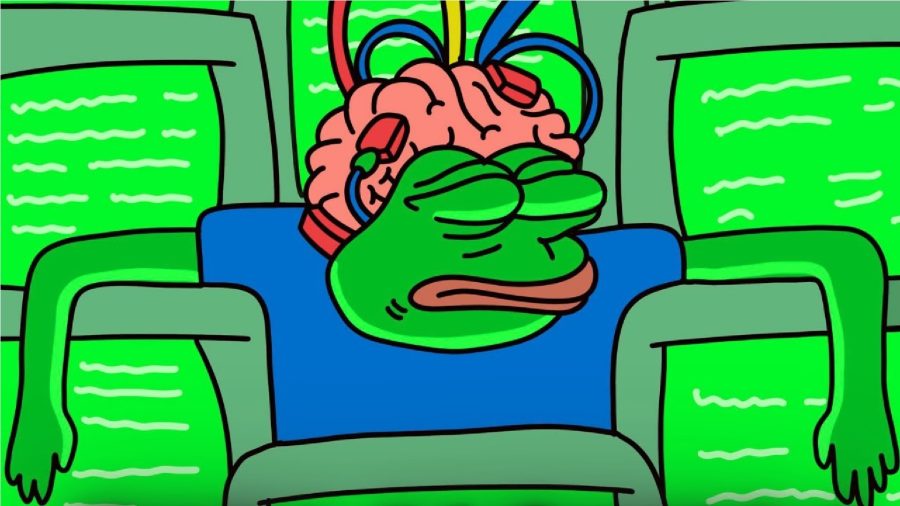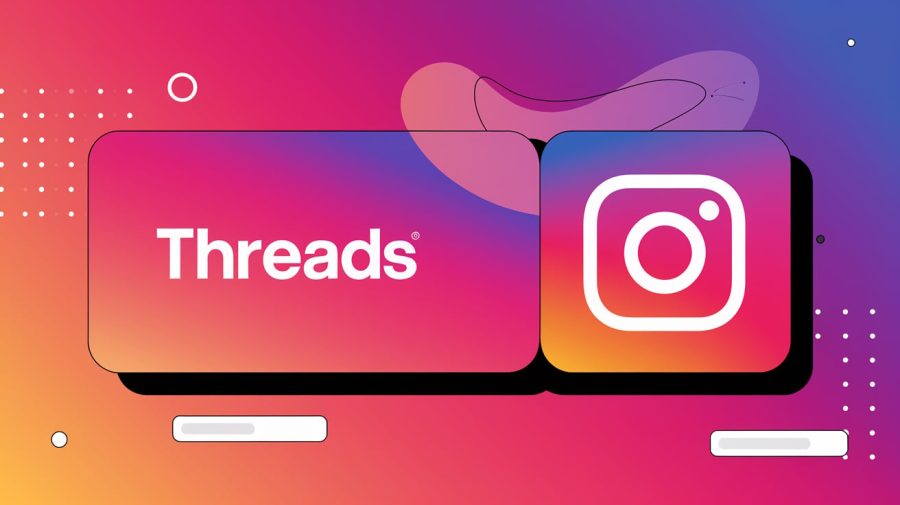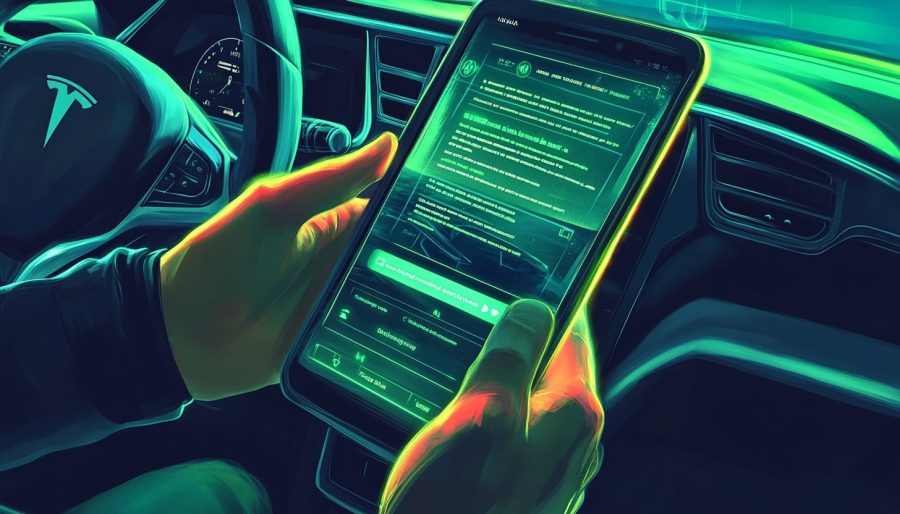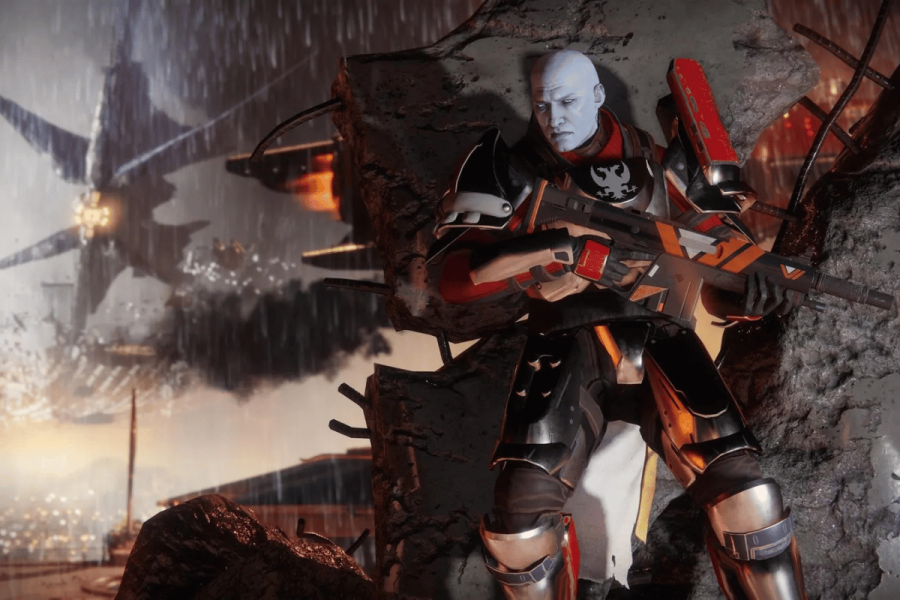Listen up, losers: We can tell when your posts are made with an audience in mind and we don’t like it. It sounds like ChatGPT, it is the lowest possible denominator of posting, and, worst of all, it’s boring.
I come to you with a solution: Delete your drafts.
It’s a strategy I learned with a fair bit of hesitance — why work so hard just to trash it all — but one that’s paid off.
My journey in deleting began in 2022 when I attended a writers workshop in need of a creative reset. I was paralyzed not with fear but with an obligation to an imagined reader. After years of getting paid to write, I had stopped writing it for the good of the story and started writing it for an audience — the Mashable audience, the NPR audience, or some other invented audience that might enjoy the piece, take something from the piece, and, importantly, give me money for writing the piece. Soon enough, a good idea had been reduced to something boring, watered-down from its initial promise.
The pressure creatives feel to constantly produce content for an audience — and ultimately for validation — can ruin our ability to actually create interesting work.
My mentor at the workshop recommended I try something new: Write the work and let my brain take it where it takes it, whether that’s with an audience in mind or not, and when I felt it was perfected — that moment I would typically send it to an editor — delete it. Never read it again. Keep nothing. As a visual artist, I took that practice into my painting, too. The fear of perfection stopped me from starting altogether until I started each painting with the knowledge that it was bound for the trash.
It didn’t happen immediately but, eventually, I stopped thinking about other people and my art got more courageous and exciting. It wasn’t always better, but it was always weirder and riskier. The creation also kind of sucked, because when I did make something I loved, I still had to throw it away — if I didn’t, the strategy wouldn’t work.
Of course, writing is my job. So all the while, I was writing for public consumption to keep paying rent. But the flair I earned in my garbage writing bled into the pieces published for the world. I was no longer beholden to the anxiety of perfectionism that is so often tied to attention and monetary gain. I recognized that the risks I was taking in the trash pieces weren’t actually that crazy — and it encouraged me to take more risks in my pieces I created for the public. Removing the external audience encouraged experimentation, play, and mistakes. Discarding completed work shifted my relationship with creativity and got rid of that nasty attachment to a story.
The real lesson it taught me? Think less. Just do the work.
There’s some scientific backing to this idea as well. A 2020 study of jazz guitarists found that experienced guitarists playing better improvisations relied on mechanisms that “were largely automatic and unconscious, and they came from the left posterior part of the brain,” the American Psychological Association wrote. In other words, they weren’t thinking about what to create, they were just creating.
I’ve since taken this approach to social media, and, my god, I am in desperate need of you birdbrains to do it too. If you have to think about if you want to post something on X for more than 20 seconds, don’t post it. If you have anything sitting in your drafts, delete them. It’s a create and delete or create and immediately post kind of world now. Think of most of the best things you’ve seen online. They’re often in the moment and unique — something only that person could do — rather than someone squeezing the life from the latest trend. When Jools LeBron created “very demure, very mindful” it worked because it was her voice and her personality shining through. Then the world got ahold of it and, as the internet does, watered it down to a mind-numbing trend.
The best things online aren’t the workshopped-to-death TikToks hoping to be the next viral sound or a tweet asking “name a ’90s movie you loved as a kid.” If you’re agonizing over a draft thinking of who it’s for, then it’s probably time to send it into the ether.
If you need to really lean into this, create a new account on your favorite social media site. Tie it to nothing personal. Follow no one. Keep it on private. Make everything auto-delete after 24 hours. Post the first thoughts that pop into your mind. And, when you’re ready, the posts will eventually flow.
Not every piece needs to be destroyed or hidden from the world, but this approach can ultimately make your work more meaningful.
The pressure some artists have to constantly post content online, particularly if they need to maintain visibility, limits artistic risk-taking and encourages safe, boring, algorithm-friendly content. Disconnect from the cycle!!
Liberate yourself!!! Delete your drafts!!!


























